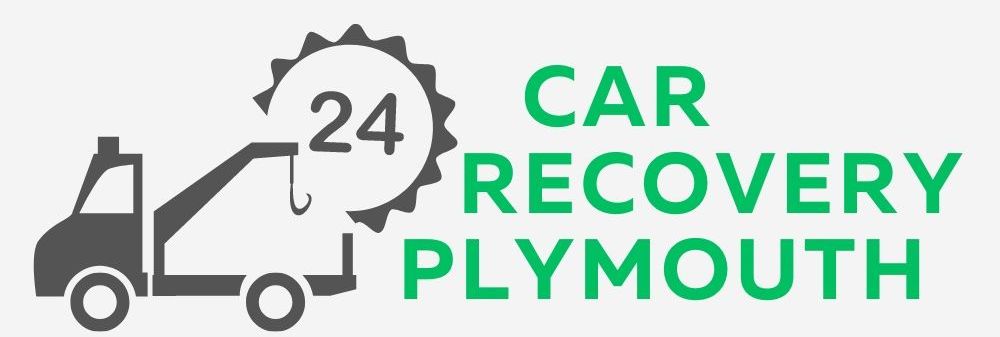Stuck in an Emergency Towing Situation? Take These 5 Steps to Safety
Finding yourself in a towing emergency can be a daunting experience. Whether you've suffered a breakdown, been involved in an accident, or encountered any situation that leaves your vehicle immobilised, knowing the proper steps to ensure safety and resolve the situation is crucial. This guide aims to arm you with practical, actionable advice to navigate the stress of
emergency towing, ensuring you and your vehicle come out safely on the other side.
1. Assessing the Situation
Immediate Safety Measures
The moment you realise you're in trouble, your priority is safety. If possible, manoeuvre your vehicle to the roadside, away from the flow of traffic. This might mean pulling into a hard shoulder or a parking lot. Once safely parked, turn on your hazard lights. This simple action alerts other drivers to your situation, significantly reducing the risk of further incidents.
Assessment of the Vehicle and Surroundings
Take a moment to assess your situation. Can the vehicle be safely driven to a garage, or is towing the only option? Also, take stock of your environment. Are you in a safe location, or do you need to find a better spot to wait for assistance? Your safety is paramount, so consider factors like weather conditions, the time of day, and the general safety of your current location.
2. Contacting Assistance
Deciding on the Type of Assistance Needed
Understanding the difference between towing services and emergency roadside assistance is vital. While both are invaluable in an emergency, your situation may only require roadside recovery for minor repairs to get you moving again. However, if your vehicle is undriveable, towing will be necessary.
How to Contact
Modern technology offers various ways to summon help. You can use your phone to call emergency numbers, use apps designed for such situations, or, if you're a member of a service reach out to them for specialised assistance.
Information to Provide
When you contact help, be ready to provide essential information:
- Your exact location.
- The nature of your vehicle's issue.
- The type of vehicle you're driving.
- Any immediate dangers (like leaking fluids or a blockage on the road).
This information ensures that the appropriate assistance is sent your way, including a car recovery service if necessary.
3. Preparing for Towing
Securing Personal Belongings
Before help arrives, take a moment to secure any personal belongings. Valuables should be taken with you; it's better to be safe than sorry.
Vehicle Preparation
Prepare your vehicle for towing by engaging the parking brake, and if your car is manual, ensure it's in neutral. Understanding how your vehicle should be towed (considering whether it's front-wheel drive, rear-wheel drive, or all-wheel drive) can prevent further damage during the towing process.
Safety Protocols
Your safety while waiting for the
car tow service is crucial. In some situations, it may be safer to remain in your vehicle, while in others, finding a secure location away from the road is advisable. Use your best judgement based on your surroundings and traffic conditions.
4. During the Tow
Interacting with the Towing Service
Once the towing service arrives, verify their identity (especially if you've called a specific company). Understanding the towing process and knowing the expected costs upfront can help avoid any surprises or misunderstandings later on. This is an essential part of breakdown recovery.
Documentation and Evidence
Taking photos of your vehicle before it's towed can serve as important documentation for insurance purposes. Also, note the towing company's details and ensure you receive a receipt for their services. This documentation is crucial for
car recovery process.
5. Post-Towing Steps
Contacting Your Insurance Company
It's important to notify your insurance company as soon as possible. Provide them with all the necessary documentation to facilitate the claims process.
Arranging for Repairs
Choose a reputable repair shop to handle your vehicle's repairs. Understand the repair timeline and arrange alternate transportation if needed.
Preventative Measures for the Future
Emergency Kit
Keeping an emergency kit in your vehicle is a proactive step towards safety. This kit should include essentials like water, a flashlight, a first-aid kit, and basic tools.
Regular Vehicle Maintenance
Regular check-ups for your vehicle can prevent many emergencies. Stay on top of maintenance to minimise the risk of unexpected breakdowns.
Education and Preparedness
Familiarising yourself with basic vehicle troubleshooting and considering membership in a roadside assistance program can significantly affect how you handle future emergencies.
Facing an emergency towing situation can be less stressful with the proper knowledge and preparation. By following these steps, you can ensure your safety, understand the process, and mitigate the inconveniences associated with vehicle breakdowns. Remember, the key is to stay calm, informed, and prepared.
Do not hesitate to contact us if you find yourself searching online for "vehicle recovery near me". Our seasoned recovery drivers are always ready and prepared to give you swift assistance. Choosing Car Recovery Plymouth means you're choosing a reliable and trusted partner in times of needs. Save our number today to easily reach us in the future!
Check out our latest GBP update about
emergency towing.
